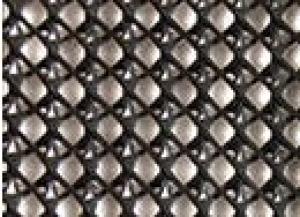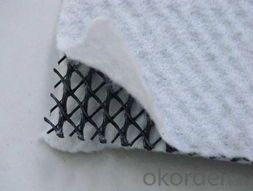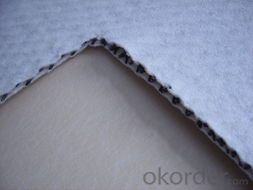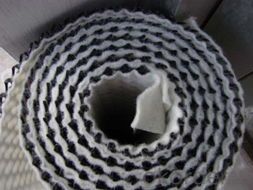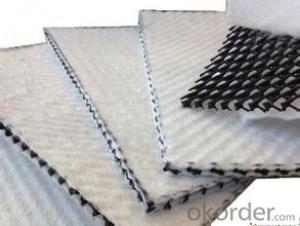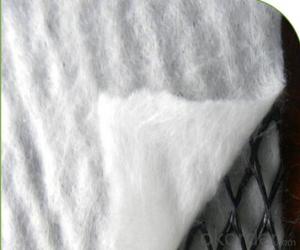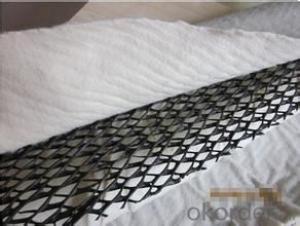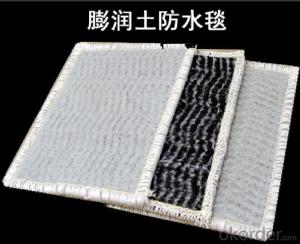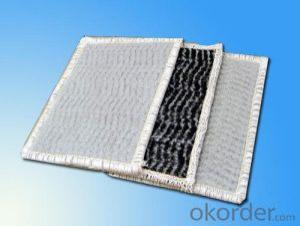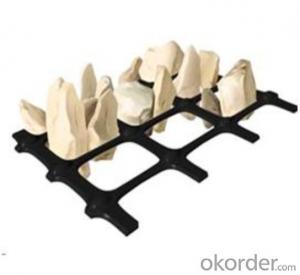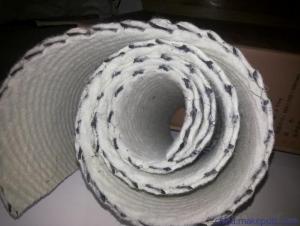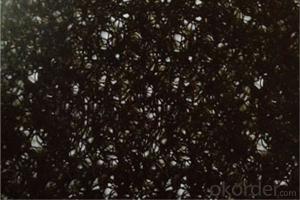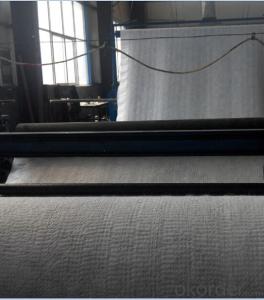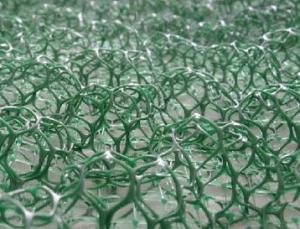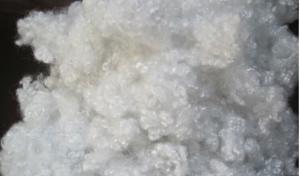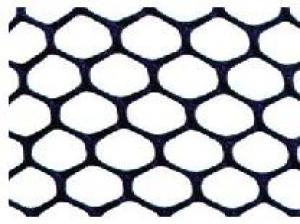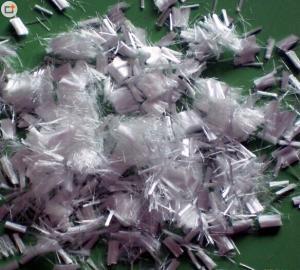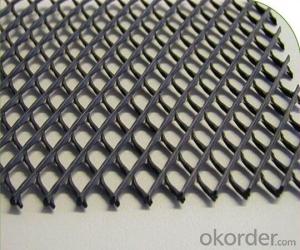Never Run Three-Dimensional Drainage Network
- Loading Port:
- Qingdao
- Payment Terms:
- TT OR LC
- Min Order Qty:
- 1 m²
- Supply Capability:
- 1000000 m²/month
OKorder Service Pledge
OKorder Financial Service
You Might Also Like
Three-Dimensional Drainage
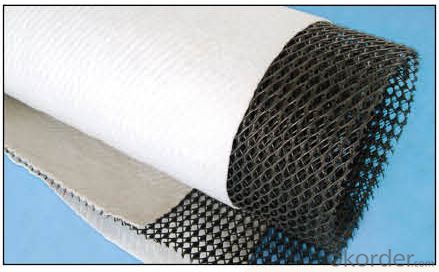
Three-Dimensional Drainage
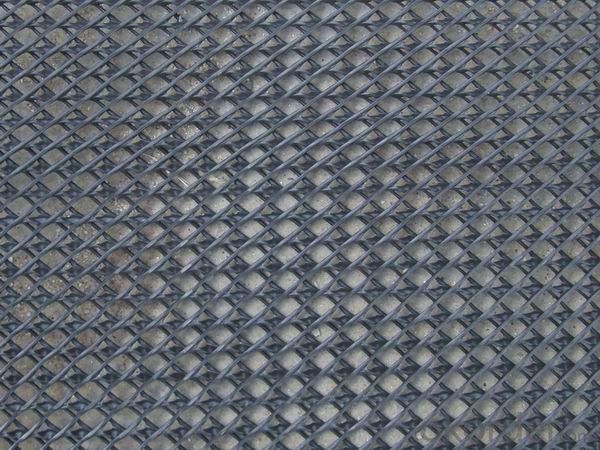
3 d drainage nets
Products overview:
Shandong Tianhai 3 d stereoscopic structure by the drainage nets plastic nets double-sided adhesive ooze water geotextile can replace the traditional of sand and gravel layer, mainly for the landfill, embankment and the drainage tunnel wall.
Application:
Landfill drainage; Highway roadbed and pavement drainage; Railway soft soil foundation reinforcement drainage; Railway roadbed drainage, railway and the way of ballastless ballastless drainage, tunnel drainage; Underground structure drainage; Retaining wall wall back drainage; The garden and playgrounds of drainage.
Product features:
The drainage, and a strong ability to money under high pressure load for a long time Money extremely high tensile strength and shear strength To reduce net geotextiles othermeasuring embedded core chance, can protect the long-term stability of hydraulic conductivity Money 3 d composite drainage nets can withstand more than 2000 kpa compression load Money far outweigh the ordinary drainage nets compressive capacity
- Q: How durable are earthwork products?
- Earthwork products can be highly durable when properly engineered and constructed. Factors such as the quality of materials used, the design and construction techniques employed, and the level of maintenance can greatly influence their durability. Properly designed and constructed earthwork products have the potential to last for decades or even centuries, withstanding various environmental conditions and loads. However, poor construction practices, inadequate maintenance, or exposure to extreme conditions can reduce their durability.
- Q: The gap between China 's civil engineering building materials and abroad
- Foreign understanding of Civil Engineering, so research and research materials, research and research computer, research and research methods and equipment, is not honest, and professional relationship can be big. By turning the Ministry of Education disciplines, you will find that in fact China's civil is also divided into structure, bridge and tunnel, geotechnical, municipal, disaster prevention and other directions, in fact, including a lot of things. As a very end application of the engineering disciplines, not self-limiting, and constantly try to cross the breakthrough should be righteous.
- Q: How do earthwork products help with wetland creation?
- Earthwork products, such as soil, clay, and gravel, play a vital role in wetland creation. These materials are used to shape the land, construct ponds or depressions, and build berms or dikes that help mimic the natural hydrology of wetlands. By manipulating the topography and water flow, earthwork products facilitate the retention of water, create diverse habitats for wetland plants and animals, and enhance wetland functions such as water filtration, nutrient cycling, and flood control. Overall, earthwork products provide the necessary foundation for establishing and restoring wetlands, ensuring their ecological integrity and promoting biodiversity.
- Q: Are earthwork products suitable for constructing reservoirs?
- Yes, earthwork products, such as soil, clay, and rocks, are suitable for constructing reservoirs. These materials can be used to build the embankments and dams necessary for creating a reservoir. Additionally, earthwork products can be compacted and reinforced to ensure the stability and strength of the reservoir structure.
- Q: Definition of civil engineering materials
- In the past, all non-military civilian projects were classified into this class. However, as engineering science became more and more extensive, many of the original contents of civil engineering had become independent.
- Q: Can earthwork products be used for landscaping purposes?
- Yes, earthwork products can be used for landscaping purposes. Earthwork products such as topsoil, mulch, gravel, and rocks can be utilized to create various landscaping features, including building raised beds, improving soil quality, creating pathways, retaining walls, and enhancing the overall aesthetics of outdoor spaces.
- Q: Can earthwork products be used for constructing stormwater detention ponds?
- Yes, earthwork products can be used for constructing stormwater detention ponds. Earthwork products such as soil, gravel, and clay can be used to build the berm or embankment of a stormwater detention pond. These materials provide the necessary stability and containment for the pond, allowing it to hold and gradually release stormwater runoff.
- Q: Can earthwork products be used in erosion control on construction sites?
- Yes, earthwork products can be used in erosion control on construction sites. These products, such as geotextiles, geogrids, and erosion control blankets, are designed to stabilize soil, prevent erosion, and promote vegetation growth. They can be used to reinforce slopes, control sediment runoff, protect embankments, and establish temporary or permanent erosion control measures on construction sites.
- Q: Are earthwork products suitable for use in horse arenas?
- Yes, earthwork products can be suitable for use in horse arenas. These products, such as topsoil, sand, and gravel, can be used to create a suitable and safe surface for horses to train and compete on. However, the specific type and quality of earthwork products used should be carefully selected to ensure that they provide proper drainage, footing, and cushioning for the horses, promoting their performance and minimizing the risk of injuries.
- Q: Are earthwork products suitable for use in underground drainage systems?
- Yes, earthwork products are suitable for use in underground drainage systems. These products, such as geotextiles and geogrids, are commonly used to enhance the performance and longevity of underground drainage systems. They provide stability, filtration, and reinforcement to the soil, preventing erosion and improving the overall functionality of the system.
Send your message to us
Never Run Three-Dimensional Drainage Network
- Loading Port:
- Qingdao
- Payment Terms:
- TT OR LC
- Min Order Qty:
- 1 m²
- Supply Capability:
- 1000000 m²/month
OKorder Service Pledge
OKorder Financial Service
Similar products
Hot products
Hot Searches
Related keywords
